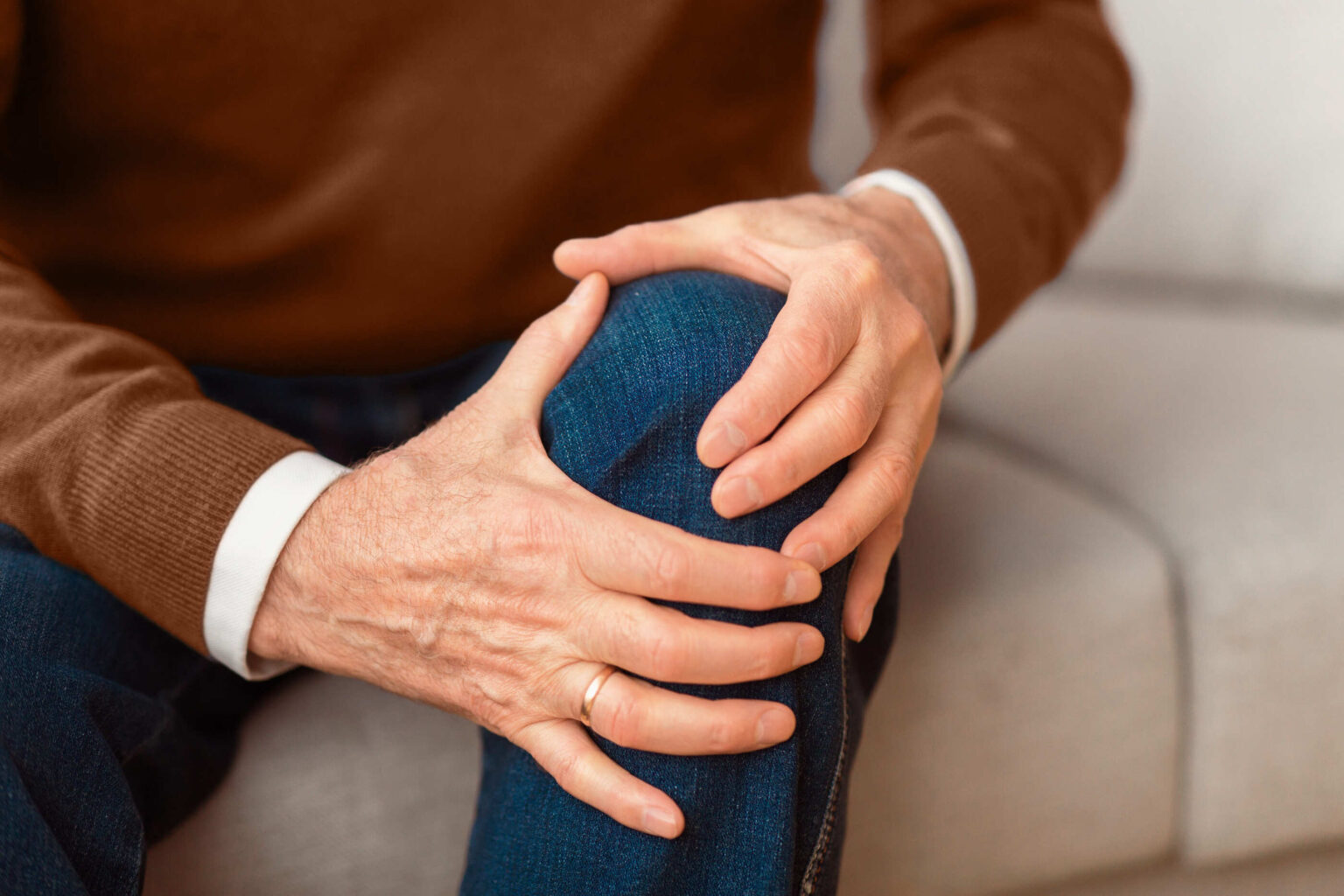SCHEDULE AN APPOINTMENT WITH US
Are Your Symptoms Affecting Your Quality Of Life?
Consult our MOH-accredited orthopaedic specialist for a detailed consultation & personalised treatment plan today.

Knee osteoarthritis is a condition characterised by the gradual degeneration of cartilage in the knee joint, resulting in pain, swelling, and stiffness as the protective cushion between the bones wears away.
Without sufficient cartilage, the bones in the knee joint rub against each other, causing discomfort and restricting movement. Over time, this can lead to significant limitations in mobility, making daily activities difficult.
Knee osteoarthritis develops gradually, due to various factors that wear down the knee joint over time. Common risk factors include:
Symptoms of knee osteoarthritis vary between individuals but generally worsen over time as the condition progresses. Common signs include:
Diagnosing knee osteoarthritis involves several steps to confirm the condition and rule out other joint issues.
SCHEDULE AN APPOINTMENT WITH US
Consult our MOH-accredited orthopaedic specialist for a detailed consultation & personalised treatment plan today.
Non-surgical treatments can help manage symptoms and slow disease progression. Common options include:
Surgery for knee osteoarthritis is considered when non-surgical treatments no longer provide relief. Common surgical procedures include:
A minimally invasive procedure where small incisions are made to insert a camera and surgical tools into the knee joint. It is used to remove loose fragments of damaged cartilage and smooth the joint surfaces. It typically results in less pain and a quicker recovery compared to traditional open surgery.
Only the damaged portion of the knee is replaced, leaving the healthy areas intact. This procedure is less invasive than a total knee replacement and can result in a faster recovery while preserving more of the natural knee function.
Total knee replacement may be required if the entire knee joint is damaged by osteoarthritis. The damaged bone and cartilage are removed and replaced with artificial components, providing long-term pain relief and increased mobility in cases of severe osteoarthritis.
For younger patients with early-stage osteoarthritis, an osteotomy may be recommended. This procedure involves cutting and reshaping the bones around the knee to shift weight away from the damaged area, preserving the joint and delaying the need for a full knee replacement.
Maintaining a healthy weight and engaging in low-impact exercises such as swimming or cycling can reduce strain on the knees and lower the risk of osteoarthritis. Strengthening knee muscles improves joint stability, while a diet rich in anti-inflammatory foods supports joint health. Wearing supportive shoes during physical activities can further protect your knees.
Regular check-ups help detect early signs of osteoarthritis for timely management.
Monday – Friday: 9.00am – 6.00 pm
Saturday: 9.00am – 1.00pm
Sunday & PH: CLOSED
Monday – Friday: 9.00am – 6.00 pm
Saturday: 9.00am – 1.00pm
Sunday & PH: CLOSED
Get Started
Recovery time varies depending on the treatment. Non-surgical treatments like medication and physical therapy may take a few weeks to provide noticeable relief, while recovery from surgery, like a knee replacement, can take 3 to 6 months.
While osteoarthritis cannot always be prevented, avoiding activities that strain the knee or ensuring proper technique during physical activity can lower the risk. Treating knee injuries early can also help prevent osteoarthritis.
Knee osteoarthritis cannot be completely cured, but symptoms can be managed with medication, exercise, and in some cases, surgery, all of which can help improve knee function and quality of life.